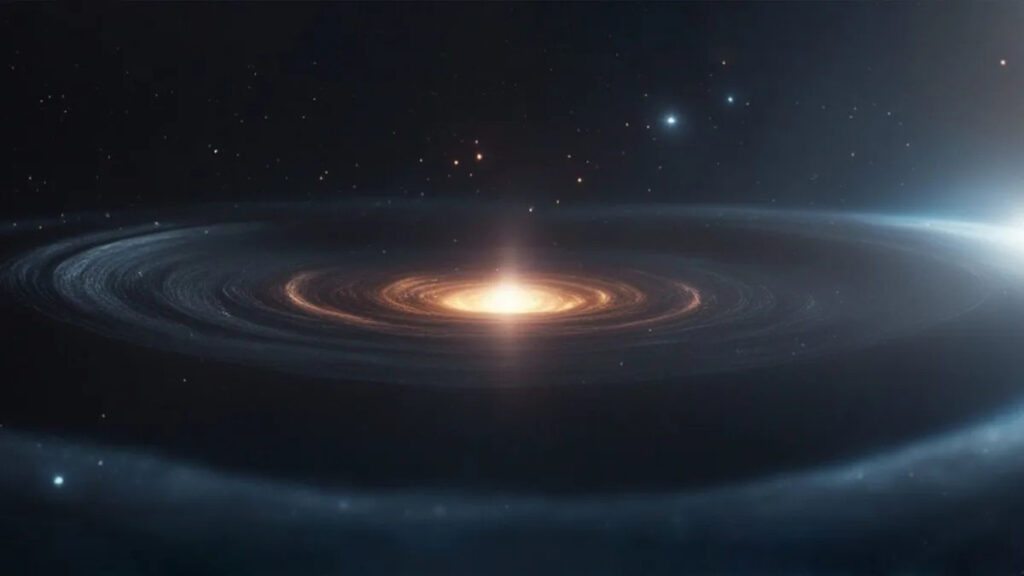
Deep within the primordial moments of the Big Bang, the universe experienced a cataclysmic expansion, sending ripples through the fabric of space-time that continue to reverberate today. These gravitational waves, if detected, could revolutionize our understanding of the cosmos. Scientists are now on the brink of potentially capturing these elusive signals, thanks to advancements in astronomical technology.
In 1916, Albert Einstein’s theory of general relativity predicted the existence of gravitational waves, which are essentially ripples in space-time caused by massive accelerating objects. Despite their theoretical significance, Einstein doubted they could ever be detected due to their minuscule strength. However, nearly a century later, a dedicated team of physicists developed the Laser Interferometer Gravitational-Wave Observatory (LIGO), a groundbreaking instrument capable of detecting these faint cosmic whispers.
The Breakthrough of LIGO
After 25 years of meticulous development, LIGO made history in 2015 by detecting gravitational waves from merging black holes. This discovery confirmed Einstein’s century-old prediction and opened a new window into the universe. The energy released during these cosmic collisions is staggering, comparable to converting the entire mass of the sun into pure energy, albeit invisible and detectable only through its gravitational impact.
Despite the monumental nature of these events, they are not the most powerful gravitational waves the universe has produced. The primordial gravitational waves generated during the Big Bang’s inflationary period are believed to be far more potent, yet they remain undetected due to their weak and elongated nature, stretched over billions of years of cosmic expansion.
The Quest for Primordial Gravitational Waves
Inflation, a theory suggesting that the universe expanded exponentially in a fraction of a second after the Big Bang, is thought to have generated these primordial waves. This rapid expansion left an indelible mark on the universe, influencing the distribution of matter and the cosmic microwave background radiation. However, direct evidence of inflation remains elusive.
The next frontier in gravitational wave astronomy lies in space. The Laser Interferometer Space Antenna (LISA), scheduled for launch in the mid-2030s, aims to detect these primordial waves. Consisting of a trio of satellites positioned millions of miles apart, LISA will employ lasers to measure minute changes in distance caused by passing gravitational waves.
“LISA’s mission is ambitious,” says Dr. Sarah Thompson, a leading cosmologist. “If successful, it will provide unprecedented insights into the universe’s earliest moments and the mechanisms driving inflation.”
Looking Ahead: LISA and Beyond
LISA’s success could pave the way for even more ambitious projects, such as the proposed Big Bang Observer (BBO). This future observatory would deploy dozens of spacecraft across the solar system, equipped with high-powered lasers to detect any primordial gravitational waves predicted by current theories. However, the BBO remains in the conceptual stage, with no concrete plans for development.
For now, the scientific community’s hopes rest on LISA. Its potential to unveil the universe’s hidden past is immense, offering a glimpse into the forces that shaped everything we know. The implications of detecting primordial gravitational waves are profound, potentially confirming theories of cosmic inflation and providing a deeper understanding of the universe’s birth.
As the launch of LISA approaches, the anticipation within the scientific community is palpable. This mission represents a significant step forward in our quest to comprehend the universe’s origins, promising to transform our understanding of the cosmos in ways we can only begin to imagine.






